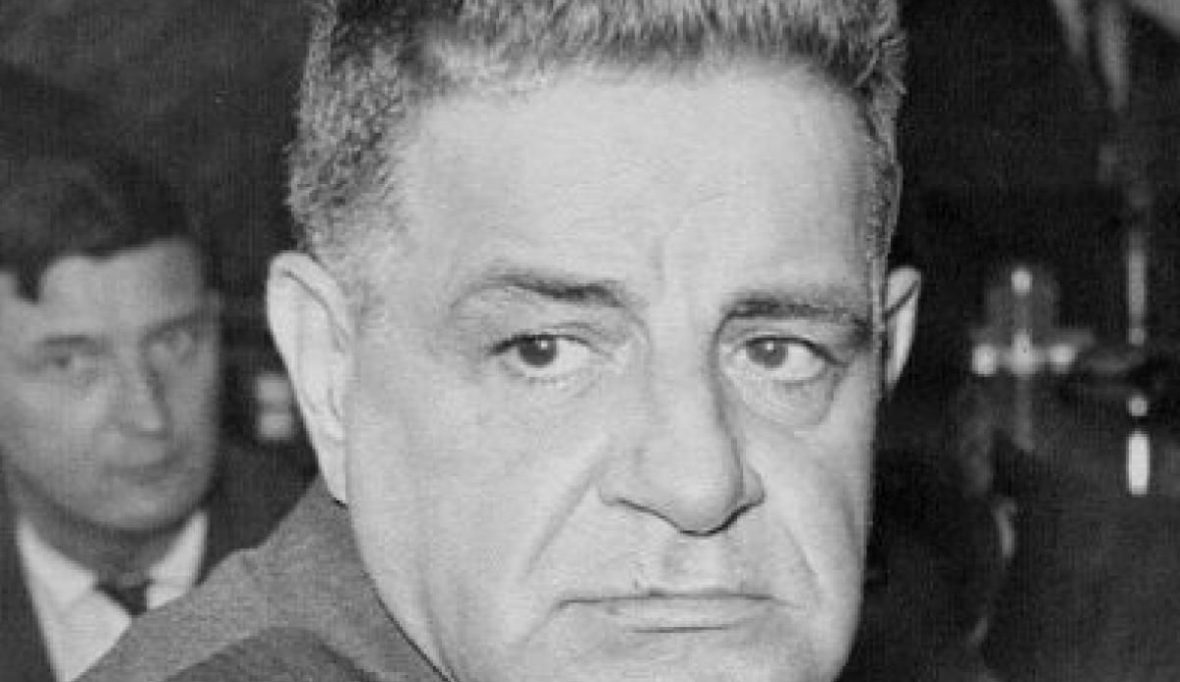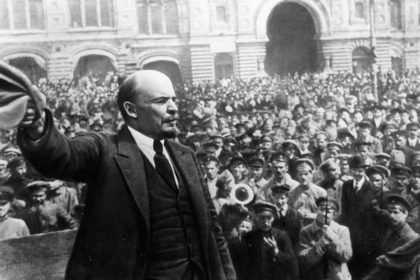Joseph Michael “Joe Cargo” Valachi was an American gangster who is notable as the first member of the Italian-American Mafia to acknowledge its existence publicly. He is credited with popularization of the term “cosa nostra.” Take a look below for 25 more interesting and bizarre facts about Joe Valachi.
1. In 1963, Valachi testified before a U.S. Senate committee, known as the Valachi hearings, and disclosed previously-unknown information about the Italian-American Mafia including its structure, operations, rituals and membership.
2. His testimony was the first major violation of omerta, the mafia’s code of silence, and the first concrete evidence that the Italian-American Mafia existed to federal authorities and the general public.
3. Valachi died in 1971 while he was serving a life sentence at the Federal Correctional Institution, La Tuna.
4. Valachi was born on September 22, 1904, in the East Harlem area of New York City, United States, into an impoverished Italian immigrant family.
5. His father was a violent alcoholic, and Valachi would later blame his background for his turn to organized crime.
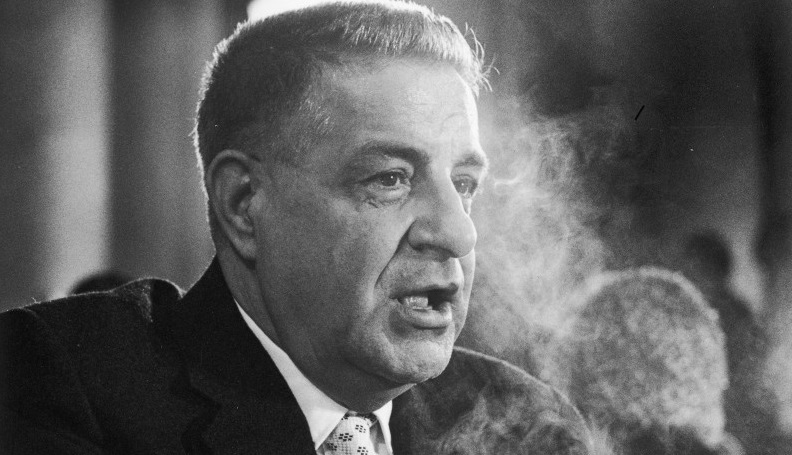
6. Valachi’s criminal career began with a small gang, known as the Minutemen, which was so called for carrying out smash and grab burglaries and escaping within a minute.
7. Valachi was the getaway driver for the gang, and his ability to make a quick getaway earned him a reputation as a rising star in the New York City criminal underworld.
8. In 1921, Valachi was arrested on grand larceny charges, and in 1923, Valachi was arrested in the aftermath of a botched robbery.
9. He plead guilty to attempted burglary and was sentenced to 18 months imprisonment but was released after he had served only nine months.
10. Valachi returned to discover he had been replaced with a new driver by the Minutemen and so he formed a new burglary gang.
11. In the early 1930s, Valachi was introduced into the Italian-American Mafia, also known as the Cosa Nostra, through his contract, Dominick “The Gap” Petrilli.
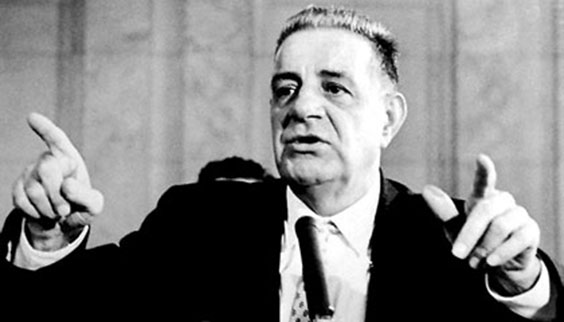
12. He soon became a soldier in the Reina family, now known as the Lucchese family, led by Gaetano Reina.
13. Valachi joined during the height of the Castellammarese War, a violent power struggle within Italian organized crime between the factions of Joe Masseria and Salvatore Maranzano over control of operations in the United States.
14. Reina was assassinated after he had switched allegiances from Masseria to Maranzano.
15. Valachi fought as part of the Reina family on the side of Maranzano, which eventually emerged victorious after Masseria’s assassination, on April 15, 1931.
16. Maranzano proclaimed himself “boss of all bosses” in the Italian-American Mafia, and Valachi became one of his bodyguards.
17. That position was short-lived, as Maranzano himself was assassinated five months after the end of the Castellammarese War by a coalition of his subordinates, led by Charles “Lucky” Luciano.
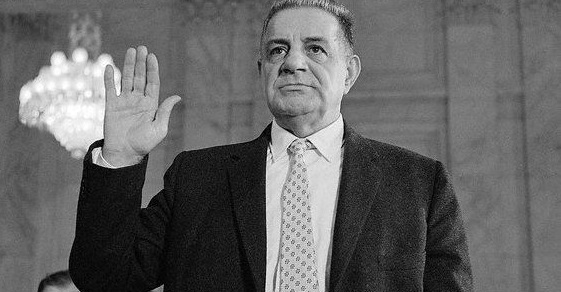
18. Valachi then became a soldier in the family headed by Luciano, eventually known as the Genovese family, in the crew headed by Anthony “Tony Bender” Strollo.
19. In July, 1932, Valachi married Carmela Reina, the eldest daughter of Gaetano Reina.
20. Valachi remained in his position as a soldier in the Genovese family until he was convicted of narcotics violations in 1959 and sentenced to 15 years.
21. In September, 1963, he appeared as the star witness before “The McClellan Committee,” a government inquiry into the mob.
22. Valachi revealed graphic details of mob life and confirmed the existence of five crime families in New York and one in New Jersey.
23. After returning to prison, Valachi teamed with appointed writer Peter Maas to publish his memoirs, “The Valachi Papers,” in 1968.
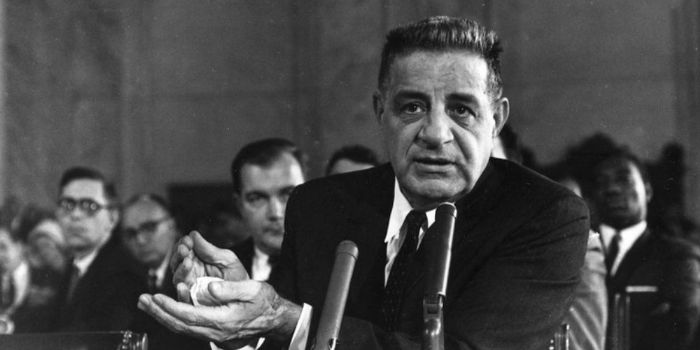
24. The book also produced a 1972 film by the same name and starred Charles Bronson.
25. On April 3, 1971, Valachi died of a heart attack while he was serving his sentence at the Federal Correctional Institution, La Tuna, in Anthony, Texas.
26. Francis Ford Coppola, is his director’s commentary on “The Godfather Part II,” mentioned that the scenes depicting the Senate committee interrogation of Michael Corleone and Frank Pentangeli are based on Valachi’s federal hearings and that Pentangeli is like a Valachi figure.

